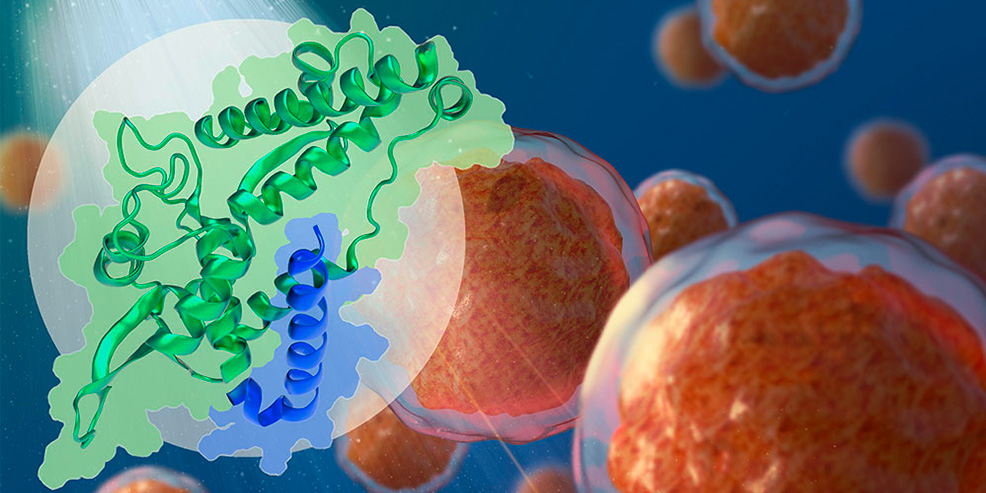The replacement of fossil fuels with renewable energy is a key requirement to achieve climate neutrality in Europe by 2050. Energy storage systems are a crucial technology for this global energy transition due to the intermittent nature of renewables. A recent publication – describing a biomimetic energy storage system inspired by the structure of naturally occurring methane hydrate – highlights the unique contribution of neutrons to help tackle this societal challenge and advance towards a sustainable future.
Vast deposits of natural gas exist in the form of methane hydrate (MH), formed when water and methane molecules interact under specific pressure and temperature conditions. “The structure of methane hydrate – a solid compound similar to ice – allows large amounts of methane gas to be stored, caged within the lattice structure of water,” explains Mirian Casco, associate professor at the Universidad Católica del Uruguay. “I work on the development of energy storage systems inspired by this structure and designed to store methane, carbon dioxide or hydrogen.” The knowledge generated also guides research exploring the sustainable, environmentally safe and economically viable extraction of this untapped energy source that is located in frozen soils and deep-sea sediments.
With consolidated experience from a PhD at the University of Alicante (Spain) and a postdoctoral research position at the Dresden University of Technology (Germany), Casco integrated neutron techniques at the Institut Laue-Langevin (ILL) into her MH research after an introduction by Fernando Rey, professor at the Institute of Chemical Technology (ITQ) in Valencia, Spain. “Neutrons are particularly sensitive to hydrogen atoms,” explains Mónica Jiménez-Ruiz, ILL scientist responsible for the neutron vibrational spectrometer IN1-Lagrange. “The inelastic neutron scattering spectra measured using IN1-Lagrange provides information about the strength of the hydrogen bond network formed by water molecules, which is very different, for example, for confined or bulk water.”

About ILL
The Institut Laue-Langevin (ILL) is an international research organisation that is a world leader in Neutron Science. Since its foundation in 1967, the Institute is a shining example of scientific cooperation. Presently 10 European countries (Spain, Switzerland, Austria, Italy, Czech Republic, Sweden, Belgium, Poland and Slovakia) ensure the necessary financial support for the ILL operation under the governance of 3 Associate Member countries: France, Germany and The United Kingdom. The research conducted at the ILL is dedicated to fundamental research (60%) as well as societal challenges research (40%). It covers a wide range of disciplines such as biology, (green) chemistry, materials science, condensed matter physics, as well as nuclear and particle physics.
The replacement of fossil fuels with renewable energy is a key requirement to achieve climate neutrality in Europe by 2050. Energy storage systems are a crucial technology for this global energy transition due to the intermittent nature of renewables. A recent publication – describing a biomimetic energy storage system inspired by the structure of naturally […]



